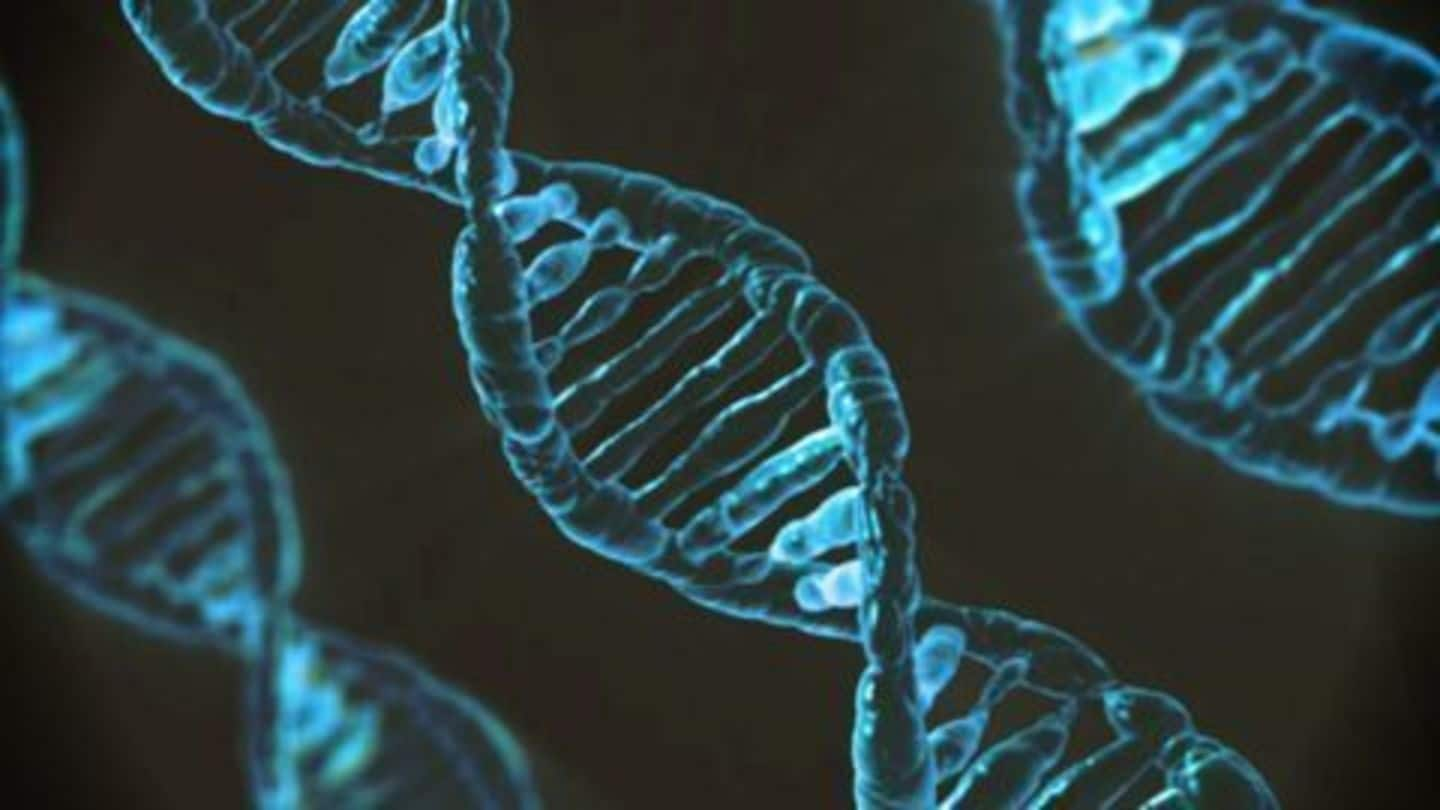
Researchers take step toward recreating faces of criminals from DNA
What's the story
Faces of murderers, rapists, and other criminals could now be recreated from the criminals' DNA left at the scene of the crime, shows a news research.
Researchers have reportedly identified the genes that shape the human face's extraordinary variation.
Scientists said specific genetic mutations cause extraordinary variation in several facial features like the size of the nose, face width, etc.
Quote
University of Pittsburgh Professor's statement
"There is a great deal of evidence genes influence facial appearance. This is perhaps most apparent when we look at our own families, since we are more likely to share facial features in common with our close relatives than with unrelated individuals."
Genetic Variations
The new research sheds light on genetic variations
Previous studies suggested genes control facial feature variations; the new research shed light on how genetic variations contribute to the range of different forms.
The study published in the latest PLOS Genetics journal released by the Public Library of Science (USA) also helps scientists understand facial birth defects.
The method, if applied in forensics, could help police reconstruct faces of dangerous criminals more accurately.
Quote
Distinguishing facial characteristics
Shaffer said, "Little is known about how variation in specific regions of the genome relates to the kinds of distinguishing facial characteristics that give us our unique identities, e.g., the size and shape of our nose or how far apart our eyes are spaced."
Study Findings
The study findings based on DNA analysis
Discovery of genes that determine human facial features could provide information about a person's appearance by only using the DNA left behind at the crime scene.
The findings were based on the DNA analysis of 20 facial features measured from the 3D images of 3,118 healthy participants of European ancestry, and about a million mutations and Single Base Pair (SNP) variations.
Do you know?
What is a human genome?
The complete DNA set of an organism is called 'genome'. It comprises of all the information necessary to build and maintain an organism. A human genome contains 23 pairs of chromosomes with a total of about 3 billion DNA units.
Evidences
The association between genetic variations and facial formations
John Shaffer of University of Pittsburgh's Human Genetics department said the association between genetic variations in the whole genome and measurements for key facial formation aspects had been examined in the research.
He added evidence of genetic associations that involve measures of eye, nose, facial width, etc. has been found.
In some cases, genes played roles in embryonic formations and syndromes affecting the face.
Forensic Reconstructions
Ability to create forensic facial reconstructions from DNA
The research showed the ability to connect genetic variations to facial traits could improve the ability to create forensic facial reconstructions from DNA.
The researchers considered results of two similar studies and then confirmed certain previous findings.
Until now, virtually nothing about the genes' responsibility for facial shapes in humans was known.
The research identified several genetic associations not described in earlier genome studies.